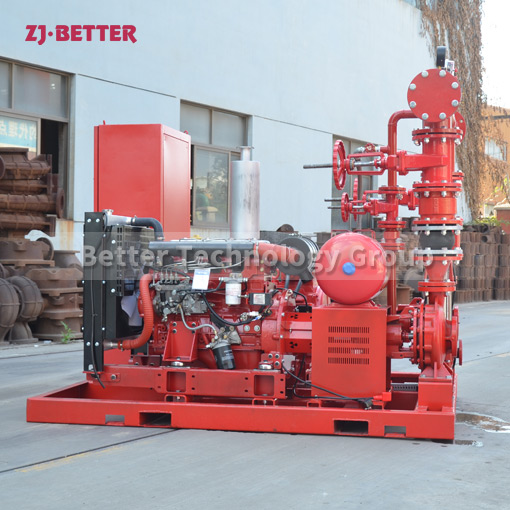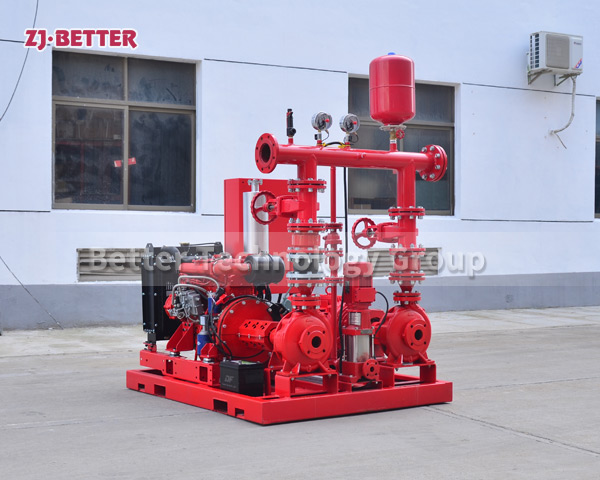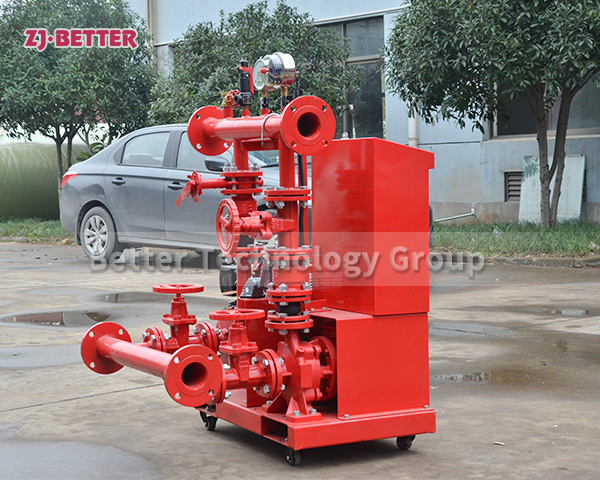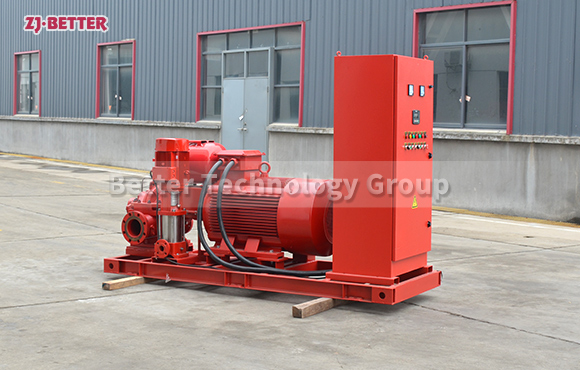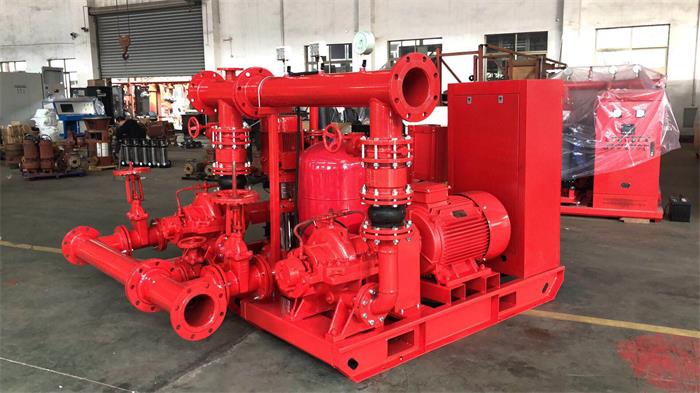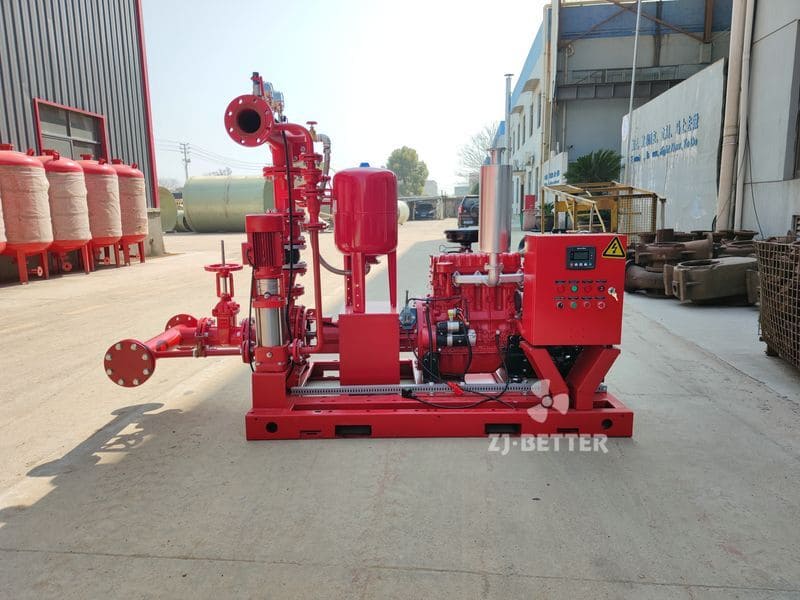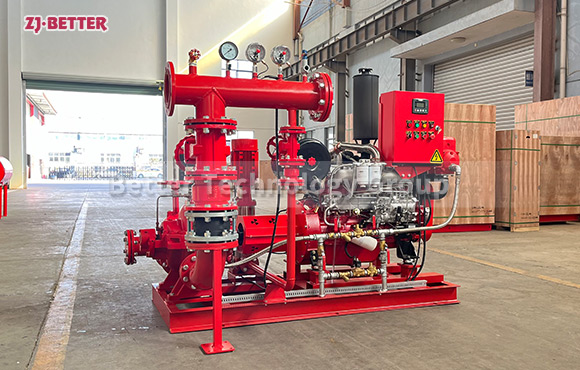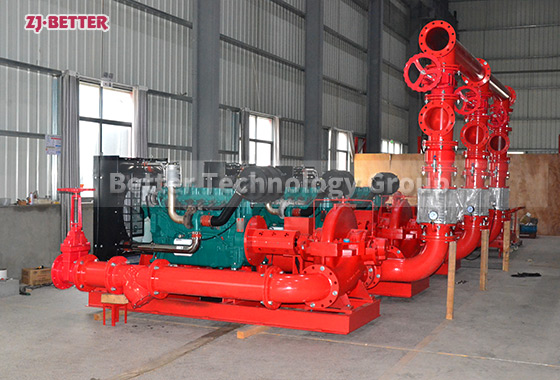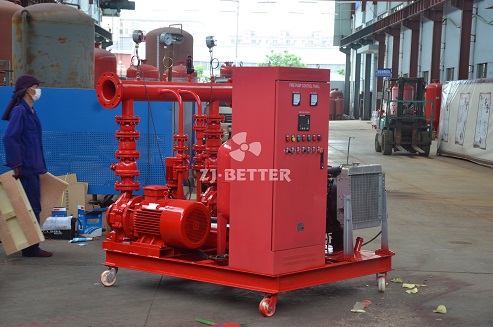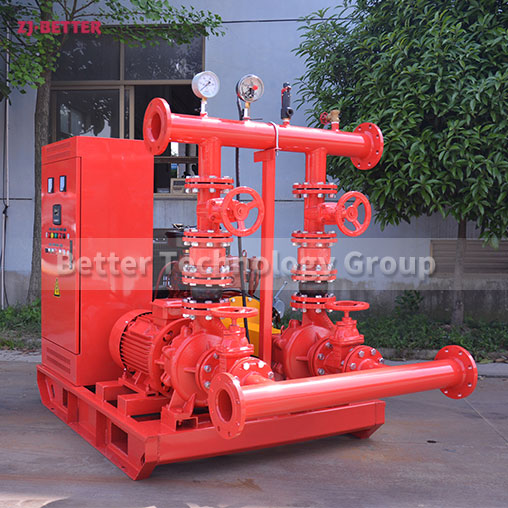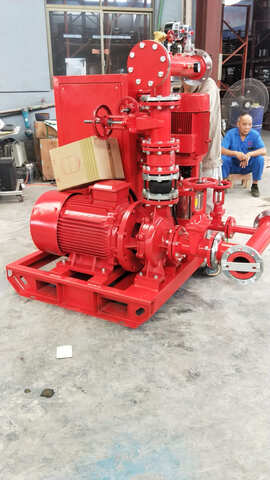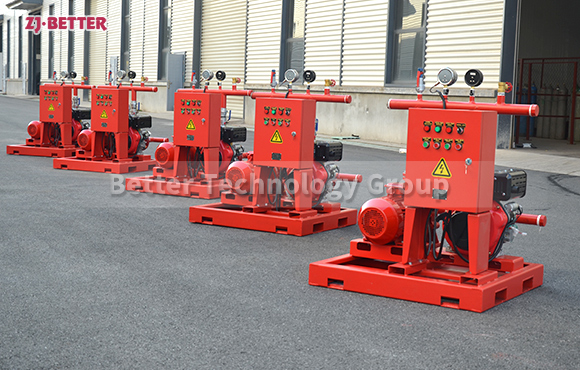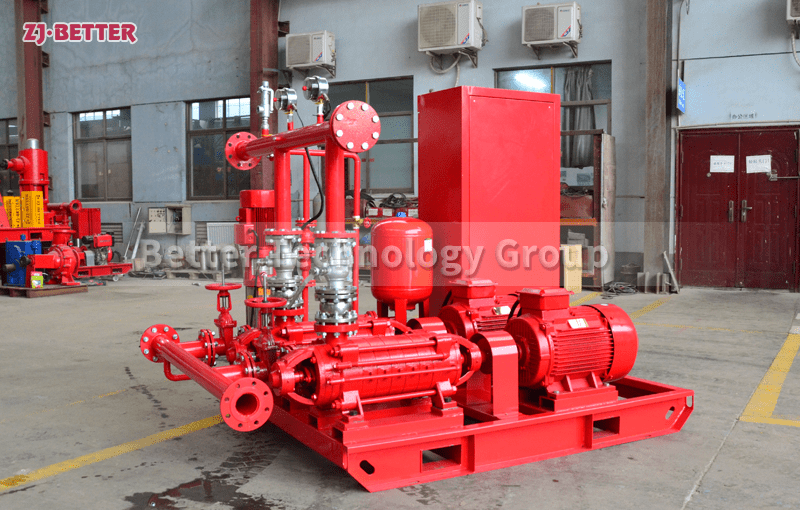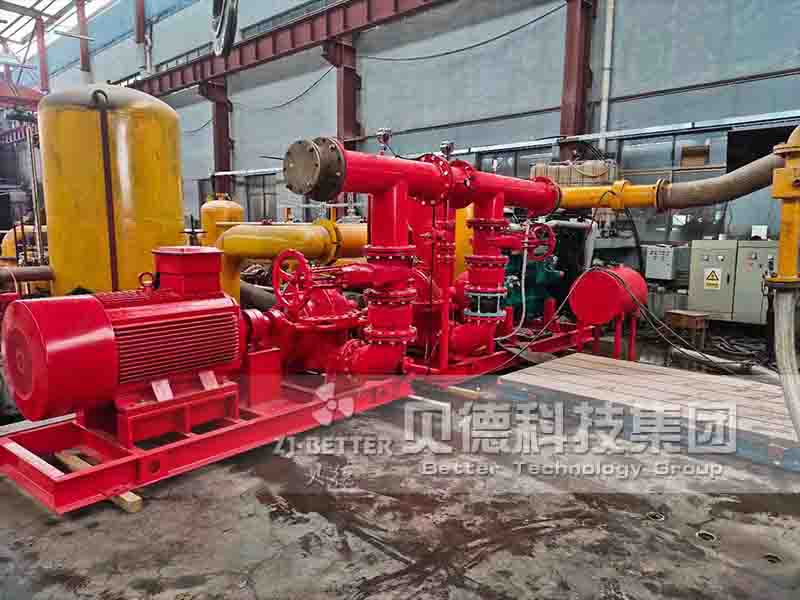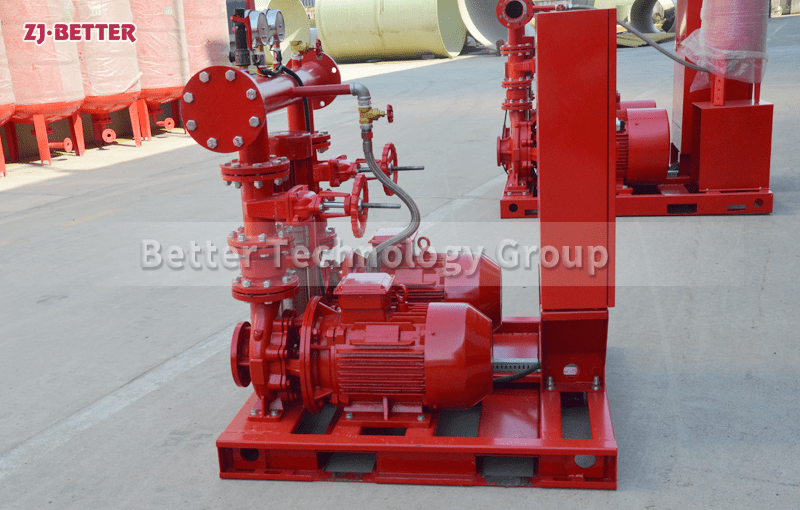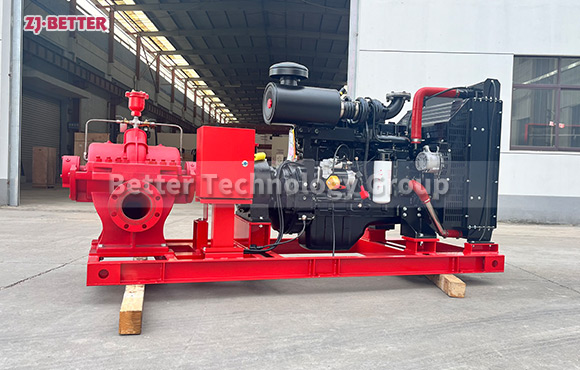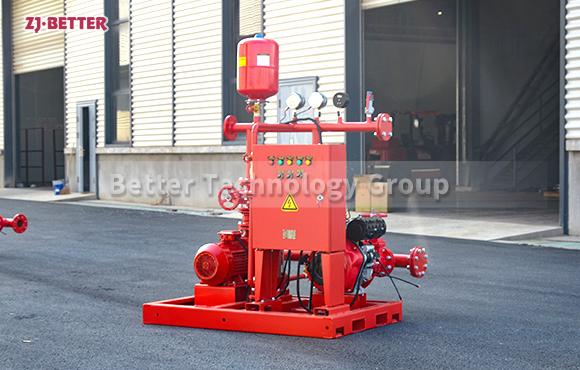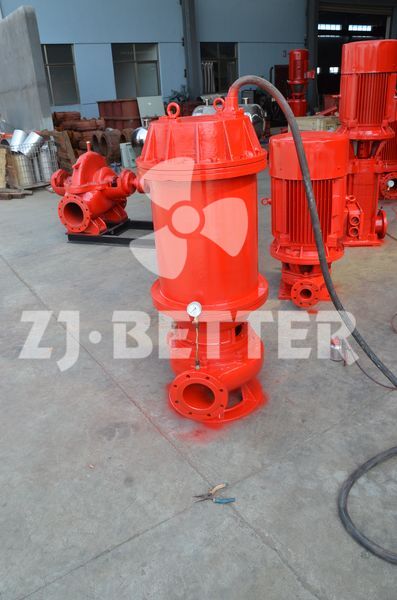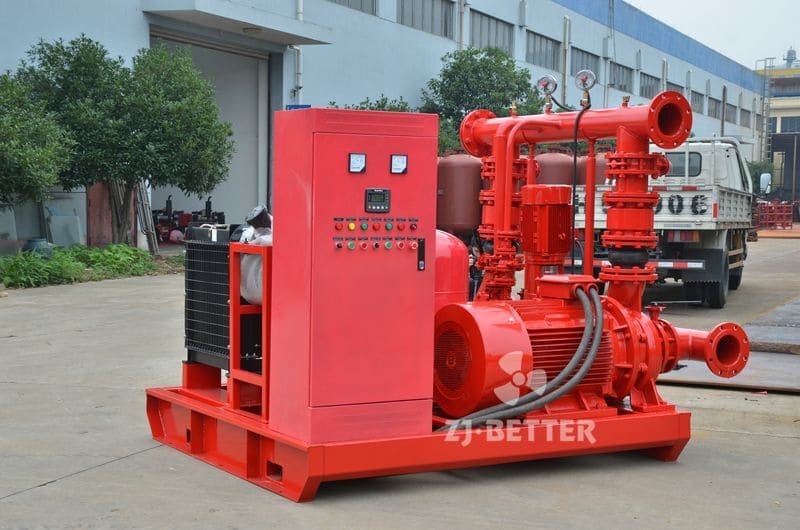Diesel engine fire pump set has a high degree of automation
The fire pumps used in diesel engine fire pump sets can be IS series single-stage type, S, D type series segmental multi-stage type produced by our company. The diesel engines used in this series of equipment are domestic or imported high-quality products, which have the characteristics of good starting characteristics, strong overload capacity, compact structure, convenient maintenance, simple use, and high degree of automation. It is an advanced and reliable fire-fighting equipment.
The diesel engine fire pump can form an automatic water fire water supply system with electric pumps and jockey pumps, and can be linked with the fire control center.
When the diesel engine fire pump set receives the starting command, if the mains power is cut off, the automatic control cabinet of the diesel engine will immediately send a start signal to the starting motor of the pump set, start the motor, start the diesel engine at idle speed, and then gradually adjust the throttle to accelerate the diesel engine until Rated speed. The control system will automatically monitor the operation of the diesel engine, such as the oil pressure, oil temperature, speed of the diesel engine, outlet pressure of the water pump, etc., and determine whether the diesel engine starts normally through automatic monitoring. If the start fails, the control system will send a restart signal, and if the three starts fail, the automatic control system will send a failure alarm. When the diesel engine fire pump set receives a signal that the pressure of the pipe network is restored or the mains power is restored to normal, the pump set will quickly slow down and stop automatically after monitoring the idle position for a period of time.

